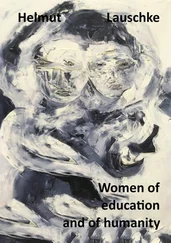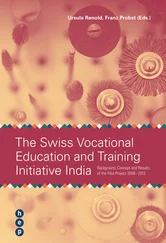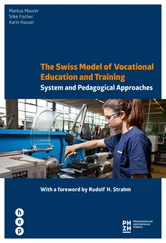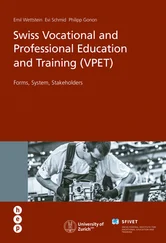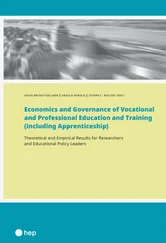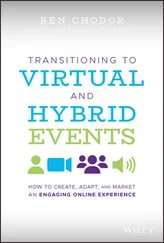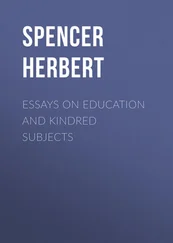To be able to meet both goals, there are certain notions that the architect must understand, not simply know, but understand in order to be able to play with them. These notions are related to the climate and its characteristics, the comfort requirements of an individual, and the building’s physical features. We pondered how to present these physical notions to architects, so that they could easily understand them and naturally integrate them into their architecture. Thus, strategies were developed, meeting the goals of the above-mentioned four types of comfort: the heating strategy (when the building needs to be heated), the cooling strategy (when it needs to be cooled), the natural lighting strategy, and the ventilation strategy. Each of these strategies is based on a number of physical concepts.
Therefore, bioclimatism means taking the climate into account from the very first design plans: considering the positive aspects of a climate on the one hand, and protecting oneself from the negative aspects, on the other.
So, bioclimatic architecture is not like the trend that is present today: stuffing buildings with more and more systems.
After 20 years, these concepts have begun to be integrated into some buildings. In this context, I ask you a series of questions:
Are we not, in a certain way, stopping architecture? We tell ourselves that we cannot stop architecture. Everything that is said here is at the service of architecture, in no way diminishing the architect’s creativity, or the architectural quality of the architect’s work. I would even say the opposite: taking these notions into account and this approach will increase the architectural quality of the project and the architect’s creativity.
Is there not a risk of habitat mechanization nowadays? What are the responsibilities and the rights given to the occupant nowadays? Can the occupant still open the window? This may sound trivial, but in some recently-built buildings, they say, “above all, do not open the window”.
Is there not a risk of forgetting about other consumption? We focus on winter energy consumption, but there are plenty of other types of energy involved in the building. Is there not a risk of consuming more gray energy than use energy?
1.3. Sustainable development
The end of the 1990s heralded the arrival of what is generally known as the “environmental crisis”, and the “climate crisis” in particular. For those who are still skeptical, here are a few figures: in 1970, there was a concentration of 330 ppm of CO 2in the air. At 350 ppm, climatic stability has been exceeded, and it is not certain whether we can go back. Today the level is around 410 ppm CO 2, which is huge. If nothing changes, in 2100, carbon dioxide concentrations will be between 730 and 1020 ppm, depending on the scenario adopted. The last time the 400 ppm level was exceeded was 3 to 5 million years ago: the temperature was 3–4°C higher and the sea level was 5 to 20 m higher than at present.
Architects and the world of construction are responsible for 50% of exploited natural energies, 45% of total energy consumption, 40% of generated waste and 30% of greenhouse gas emissions. We are therefore directly concerned and cannot remain indifferent to these questions.
In this environmental crisis, the buzzword “sustainable development” appeared. People used to say “I am building a passive house, so I am doing something sustainable”, or “I am using ecological materials, so I am doing something sustainable”. In fact, these are all varied aspects of sustainable development, but if this same passive house is 5 km from public transport and you park your 4x4 in front of your garage every day, the whole setting is not really sustainable.
Gro Harlem Brundtland, the first female Prime Minister in Europe, Norwegian and president of a commission appointed by the United Nations, concluded very quickly that the problem of sustainable development was not exclusively related to the environment. The commission quickly gave an official definition of sustainable development, which is a bit convoluted, but not bad at all. “Sustainable development is development that meets the needs of the present without compromising the ability of future generations to meet their own needs”. This means that we can continue to develop, but we must change the way in which we do it.
There was also the major Rio conference which defined around 20 principles in social, political, economic and ecological dimensions. Europe has retained some of them, abandoning others which concern us less, such as the right to education (fairly acquired in Europe), or political notions (in the sense that Europe is a democracy). There are still the social, economic and ecological dimensions.
From 2000 onwards, the “Architecture and Climate” team wondered how to define sustainable development for architects. After three years of reflection, we propose:
Architecture is ethically part of its social, political, economic and environmental surroundings when it benefits from the advantages (of these four areas), while counterbalancing the inevitable disadvantages that these surroundings may present (for example, if you are in a place where there is a lot of noise, there is an acoustic disadvantage), but, above all, by letting the surroundings benefit from what we, the architects, generate. If you are planning a building that does not add anything to the environment where you are building it, do not build it. Likewise, if a building can be demolished to add value to its location, demolish it.
Therefore, architecture falls within different scales, ranging from the material to the building, to its environment, its district, its city, its territory. Talking about the building alone, like the glass tower deposited by helicopter in Sao Paolo, is over.
In English, the term “smart” can mean “an elegant, refined person”. In urban planning, the Smart City has been translated as “Intelligent City”.
From the beginning, in around 2010, the “Architecture and Climate” team thought that a Smart City is not a High Tech City. Nowadays, the connection between the two is often made.
Based on this observation, we say that humankind must remain at the heart of our concerns in three fields: economy, society and the environment.
And everything High Tech-related should be at the service of these concerns.
Nowadays, there is a new buzzword appearing in the literature and in thought: quantum. Not much reflection has been given to its meaning yet.
1.5. The “Architecture and Climate” research team
All these suggested concepts have been developed by the “Architecture and Climate” research team 1from the Faculty of Architecture, Architectural Engineering and Urban Planning of the University of Louvain-La-Neuve, in Belgium.
To develop a team, a real team, in the sense of a football or a rugby team, you have to bring people together through goals that everyone can share.
The “Architecture and Climate” team has three goals.
The first goal is to develop and disseminate scientific knowledge. As academics we have to validate what we say, we cannot just make assumptions. Our audience is architects, and our areas are: energetics, lighting, materials (from raw material to recycling and material reuse), water (which we consider to be the next big world problem after energy), waste (potentially new materials) and historical heritage. On every occasion we focused on a definition of things, which allowed us to have a vision: the “Architecture and Climate” vision. It is important to disseminate this information in publications, but also to transmit it by means of conferences, courses and meetings. It is necessary to create synergies, to develop a worldwide network of reflection, so that results are even stronger and more in-depth. We have to become involved in the public and the regional debate, to get out of the ivory tower and keep a realistic approach, to stay firmly anchored in the ground. We have to translate the results into a language architects can understand.
Читать дальше



